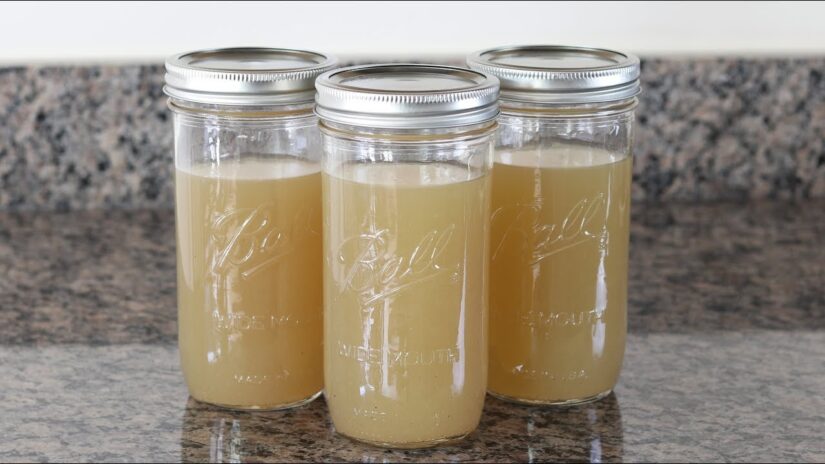The Ultimate Guide to Freezing Stock Correctly
The rhythm of nature signals the onset of different seasons. As autumn leaves start to fall, it sets the stage for a season of warm, comforting soups. The cornerstone of these heartwarming meals is often a well-prepared stock. This article offers a comprehensive guide to preparing and preserving your stock for the upcoming soup season.
In the past, freezing stock in plastic bags was a common practice. The idea was to lay these bags flat in the freezer, optimizing the available space. However, this method proved inconvenient. The constant shuffling in the freezer often led to the bags tearing, resulting in a loss of precious stock and a messy cleanup.
With the option of a deep freezer, one can afford to be a little more relaxed about space management. Here, freezing stock in jars becomes a viable solution. Some enthusiasts use a pressure canner to store their stock. However, until you’ve mastered that technique, the freezer can serve as the perfect stock vault, provided you take certain precautions.
When freezing liquids in glass jars, keep these important points in mind:
- Chill the Stock First: Hastily freezing the stock can harm its quality. Cook the stock, and then expedite its cooling by stirring it over an ice bath. Once cold, the stock can be ladled into jars and refrigerated overnight before freezing;
- Leave Enough Space: Remember to leave a couple of inches of headroom at the top of the liquid. Freezing causes the liquid to expand, which can result in the jar cracking under pressure if there’s not enough room. Keeping the lids off until the liquid is completely frozen is a good practice;
- Size of Jars Matter: The size of your jars can influence their survival rate in the freezer. Avoid jars larger than a quart as the liquid expansion can cause them to break;
- Choose The Jar Shape Wisely: According to an Urban Garden magazine, straight-sided jars fare better in the freezer than jars with shoulders. The curved glass in shoulder jars is weaker and more susceptible to crack from pressure.
Before delving into preserving techniques, it’s crucial to learn how to prepare a good stock. Homemade stock offers a flavor that’s unparalleled by store-bought varieties.
In a culinary symphony, where freezing stocks take center stage, it’s worth exploring parallel culinary delights. Consider indulging in the finesse of a Pommes Frites recipe, a crispy and golden homage to the potato. This culinary escapade complements the warmth of soups, offering a delightful contrast in texture and flavor. While stock forms the soul of your soup, the Pommes Frites stand as a crispy ode to culinary artistry.
Conclusion
In conclusion, a good soup season starts well before the first pot comes to a boil. It starts with preparing a flavorful homemade stock and understanding how to correctly preserve it. From chilling and freezing to choosing the right jars, each step plays a critical role in maintaining the quality of your stock. As you improve your stock-making and preserving skills, it proves not only beneficial for your cooking but also becomes a testament to your culinary prowess.
